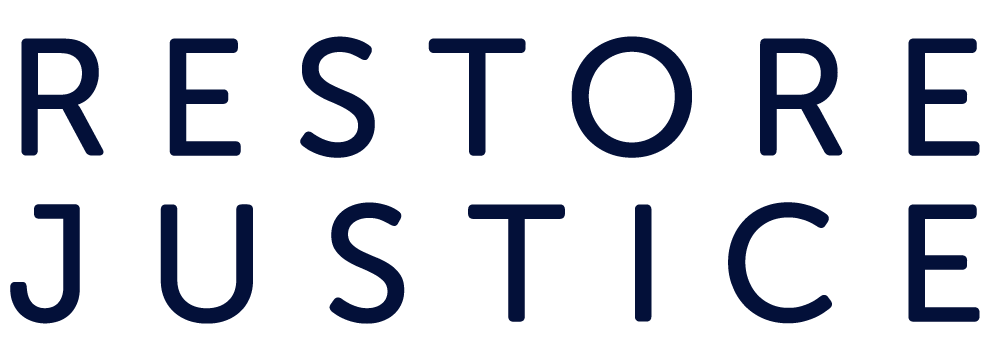Prosecutors and state representatives have tried to weaponize Illinois Department of Corrections (IDOC) release information. They have conflated people who served their entire sentences with people who were released early. They’ve conflated discretionary sentencing credit-based releases with clemencies. Read more here.
Restore Justice is working to provide transparency. We’ll update this page as new information is made available.
As of 6/1/20:
IDOC records appear to show 1,222 people have been released early. (This is separate from the clemencies Governor JB Pritzker has granted.) It’s possible some of these people served their full sentences.
Nearly 57 percent of the people released early were serving time for Class 3 and Class 4 felonies, the lowest level felonies in Illinois’s criminal code.
Of those released early:
Nearly 57 percent had less than one month left to serve.
Almost 80 percent of those released early had less than three months left to serve (including the 57 percent who had less than one month).
In total, nearly 96 percent of those released early had less than six months left on their sentences.
In addition to early releases, 109 people have received furloughs. This follows Governor Pritzker’s executive order to allow medically vulnerable people to be temporarily removed from prison.
In total, 5,637 people have been released. At least 4,415 of them served their entire sentences. They just happened to have release dates in March-June.
As of 5/27/20:
IDOC records appear to show 1,207 people have been released early. (This is separate from the clemencies Governor JB Pritzker has granted.) It’s possible some of these people served their full sentences.
Nearly 57 percent of the people released early were serving time for Class 3 and Class 4 felonies, the lowest level felonies in Illinois’s criminal code.
Of those released early:
Nearly 57 percent had less than one month left to serve.
Almost 80 percent of those released early had less than three months left to serve (including the 57 percent who had less than one month).
In total, 96 percent of those released early had less than six months left on their sentences.
In addition to early releases, 110 people have received furloughs. This follows Governor Pritzker’s executive order to allow medically vulnerable people to be temporarily removed from prison.
In total, 5,532 people have been released. At least 4,325 of them served their entire sentences. They just happened to have release dates in March, April, or May.
As of 5/21/20:
IDOC records appear to show 1,166 people have been released early. (This is separate from the clemencies Governor JB Pritzker has granted.) It’s possible some of these people served their full sentences.
More than 56 percent of the people released early were serving time for Class 3 and Class 4 felonies, the lowest level felonies in Illinois’s criminal code.
Of those released early:
More than 55 percent had less than one month left to serve.
Almost 79 percent of those released early had less than three months left to serve.
In addition to early releases, 106 people have received furloughs. This follows Governor Pritzker’s executive order to allow medically vulnerable people to be temporarily removed from prison.
In total, 5,263 people have been released. At least 4,097 of them served their entire sentences. They just happened to have release dates in March, April, or May.
As of 5/18/20:
IDOC records appear to show 1,126 people have been released early. (This is separate from the clemencies Governor JB Pritzker has granted.) It’s possible some of these people served their full sentences.
More than 56 percent of the people released early were serving time for Class 3 and Class 4 felonies, the lowest level felonies in Illinois’s criminal code.
Of those released early:
More than 55 percent had less than one month left to serve.
Almost 79 percent of those released early had less than three months left to serve.
In total, 96 percent of those released early had less than 6 months left to serve.
Only one person had more than one year left to serve, and no one had more than 20 months left to serve.
In addition to early releases, 108 people have received furloughs. This follows Governor Pritzker’s executive order to allow medically vulnerable people to be temporarily removed from prison.
In total, 5,087 people have been released. At least 3,961 of them served their entire sentences. They just happened to have release dates in March, April, or May.
As of 5/7/20:
IDOC records appear to show 1,025 people have been released early. (This is separate from the 20 clemencies Governor JB Pritzker has granted.) It’s possible some of these people served their full sentences.
Nearly 57 percent of the people released early were serving time for Class 3 and Class 4 felonies, the lowest level felonies in Illinois’s criminal code.
Of those released early:
More than 53 percent had less than one month left to serve.
Another 25 percent had less than three months left to serve.
In total, nearly 97 percent of those released early had less than 6 months left to serve.
Only one person had more than one year left to serve, and no one had more than 20 months left to serve.
In addition to early releases, 87 people have received furloughs. This follows Governor Pritzker’s executive order to allow medically vulnerable people to be temporarily removed from prison.
In total, 4,567 people have been released. At least 3,542 of them served their entire sentences. They just happened to have release dates in March, April, or May.
As of 5/4/20:
IDOC records appear to show 962 people have been released early. (This is separate from the 20 clemencies Governor JB Pritzker has granted.) It’s possible some of these people served their full sentences.
Most of those releases are from Stateville Correctional Center, which has been experiencing a deadly COVID-19 outbreak. The facility second in early releases is Decatur Correctional Center, a women’s prison. This follows Governor Pritzker’s pledge to release pregnant women and mothers. (Restore Justice would like to see more releases at facilities with known COVID-19 outbreaks, including Hill Correctional Center.
More than 57 percent of the people released early were serving time for Class 3 and Class 4 felonies, the lowest level felonies in Illinois’s criminal code.
Of those released early:
More than 53 percent had less than one month left to serve.
Another nearly 27 percent had less than three months left to serve.
In total, 97 percent of those released early had less than 6 months left to serve.
Only one person had more than one year left to serve, and no one had more than 20 months left to serve.
In addition to early releases, 90 people received furloughs. This follows Governor Pritzker’s executive order to allow medically vulnerable people to be temporarily removed from prison.
In total, 4,361 people have been released. More than 3,400 of them served their entire sentences. They just happened to have release dates in March, April, or early May.
*Some of the people included in the early release list may have served their entire sentences.

